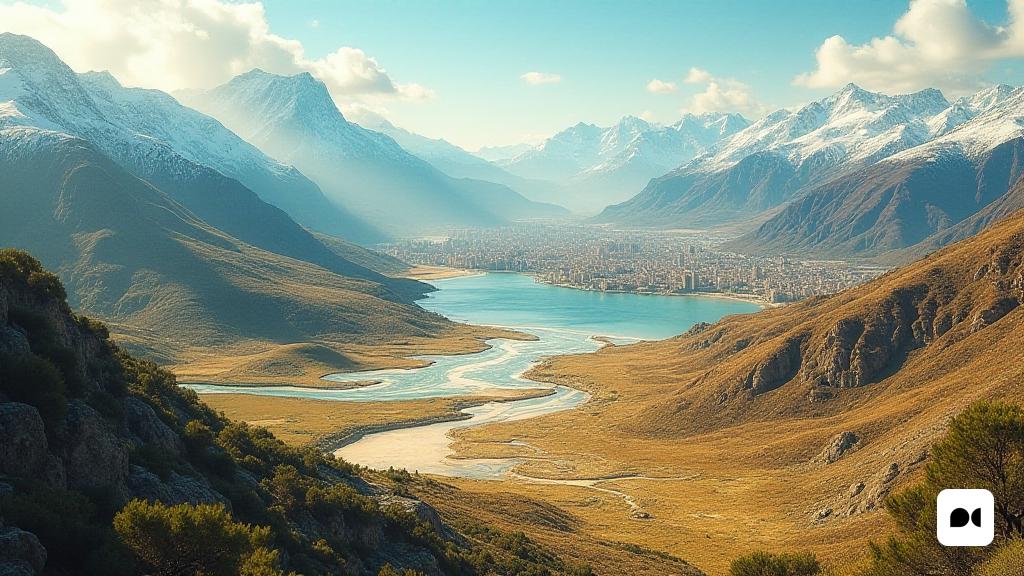A new atlas reveals Catalan climate reality
In the fall of 2023, a climate atlas was announced that highlights the drastic transformation of the climate in Catalonia. The comparison with the previous edition, which covered the period from 1961 to 1990, show significant changes in the weather conditions of the territory. All the detailed information can be consulted on the Meteocat page: https://www.meteo.cat/wpweb/climatology/el-clima/atles-climatic/.
Increased temperature and change in precipitation
The report reveals that the temperature in Catalonia has experienced a significant increase, with serious consequences in the rainfall regime. Zones that were traditionally wet now see a decrease in precipitation, such as the Ripollès, which has noticed a significant change over the last thirty years.
Impact of the growing population
The population of Catalonia has grown from 5.5 million to 8 million in the last decades, coinciding with the increase in temperatures. This population growth, together with the decrease in water availability, generates increasing concern for the sustainability of water resources.
Worrying tendencies
The data indicate that the frost that were previously common in the Pyrenees have disappeared almost completely, and that there are more and more listed areas such as semi -arid. The current average temperature is 13.1 degrees, one more than three decades ago.
Comparison of precipitation
The average rainfall in Catalonia is established by 680 mm per year, a figure that is below the world average of 1,000 mm and slightly above the Spanish average of 640 mm. This disparity emphasizes the need for more efficient water management.
Reflections of an expert
Javier Martín Vide, Professor of Geography at the University of Barcelona and a key figure in the preparation of this atlas, said that “the most obvious changes were in the temperature. For example, Tibidabo now has an average temperature similar to that of the Eixample of Barcelona thirty years ago, showing how the conditions have been equated between the coldest and the warmest areas in the city. ‘
Looking to the future
In the face of this alarming scenario, it is essential to take measures of adaptation and mitigation. Continuous monitoring of the climate and its changes is key to developing strategies that allow us to face the current climate emergency effectively.
The situation demands an immediate and coordinated reaction to ensure a sustainable future for the coming generations.

